OMAHA, Neb. (WOWT) – An Omaha woman is sharing her extensive private doll collection with the public through the opening of a new museum.
LaVon Stennis-Williams is displaying more than 750 historic dolls inside The Doll Museum of African-American History.
“You have over 750 silent witnesses in this room.”
As the name indicates, most of the dolls in the exhibit are African-American. The goal is to provide a glimpse at three centuries of American history through the eyes of a doll.
“Dolls have been more than a plaything throughout our history. They help tell the story of what America was like,” said Stennis-Williams.
First Alert 6 got an exclusive inside look at the free museum ahead of an open house at noon Saturday. It’s located at The Center on 42nd and Center Street in Omaha. It’s on the first-floor, next door to Stennis-Williams’ other African-American history museum, Mama’s Attic.
Both museums are open by appointment only and are free to everyone, including school groups and clubs. The contact information to do so can be found on the Mama’s Attic website.
Stennis-Williams has been collecting rare dolls for 35 years. In addition to the historical significance of each doll, Stennis-Williams also appreciates the joy getting a new doll gives her.
“It’s kind of like Christmas: I can’t wait to open up the box and see what’s inside. Sometimes it’s a doll that really needs a lot of TLC, but I’m just as happy as the doll I get that’s in a new and boxed condition,” said Stennis-Williams.
She also said many of these dolls are ones she’s hoped for since she was a child.
“A lot of it is just because I couldn’t have these dolls. We grew up and our parents couldn’t afford to buy these dolls for us,” Stennis-Williams said.
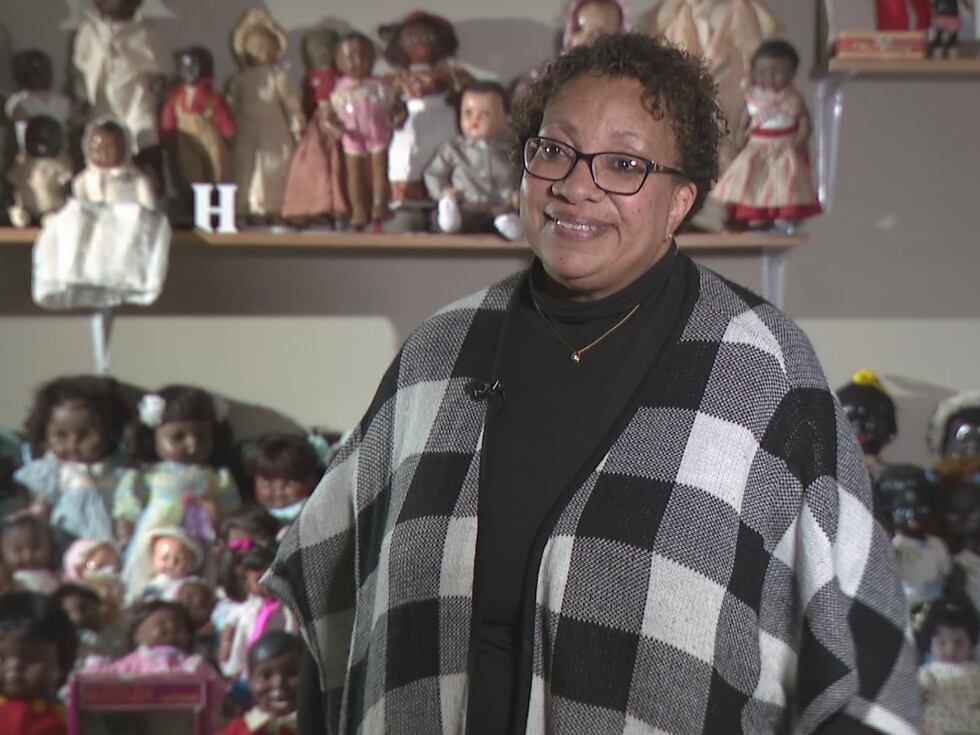
The hobby has developed into an opportunity to teach others about the past.
“My start was collecting baby dolls and of course collecting African-American dolls as a way to help teach my daughter about different things, about her race and culture,” said Stennis-Williams.
She has more than 1,000 dolls in her collection to date and typically does not spend more than $100 on a doll. She will also fix dolls and make clothing for them if they aren’t in pristine shape.
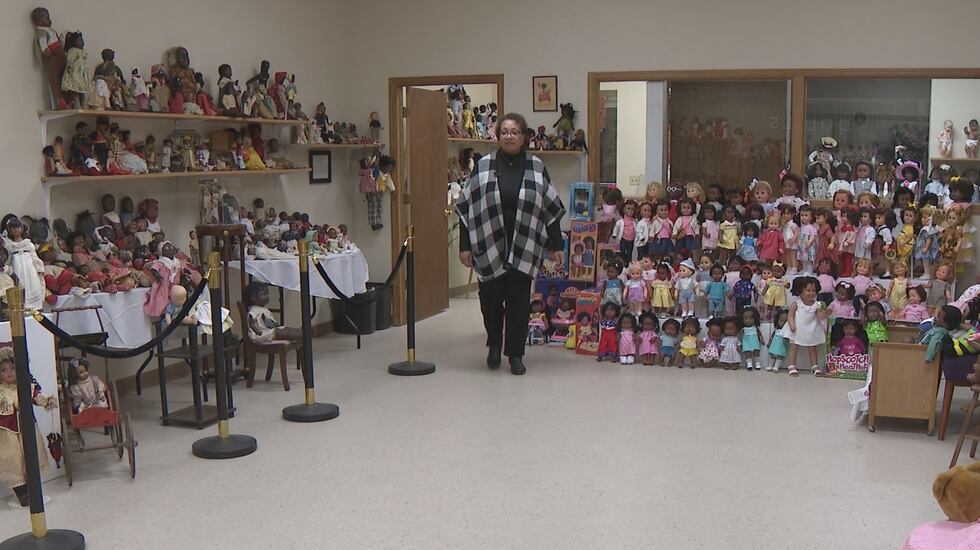
“Just over the years collecting from antique stores, garage sales, eBay, estate sales, people dropping them off,” said Stennis-Williams.
While some had been displayed in her home and office, most had been in storage, until now.
“I got to a point where I wanted to make sure that they were available for the public to see,” said Stennis-Williams.
THE DOLLS YOU’LL MEET
SLAVERY PERIOD DOLLS
Stennis-Williams said in 1850, the first documented Black dolls were created by enslaved women.
“They were just simple socks, they were simple rags, whatever a mother could find to put together for her child. They were putting these dolls together when they were being sold away from their children,” she explained.
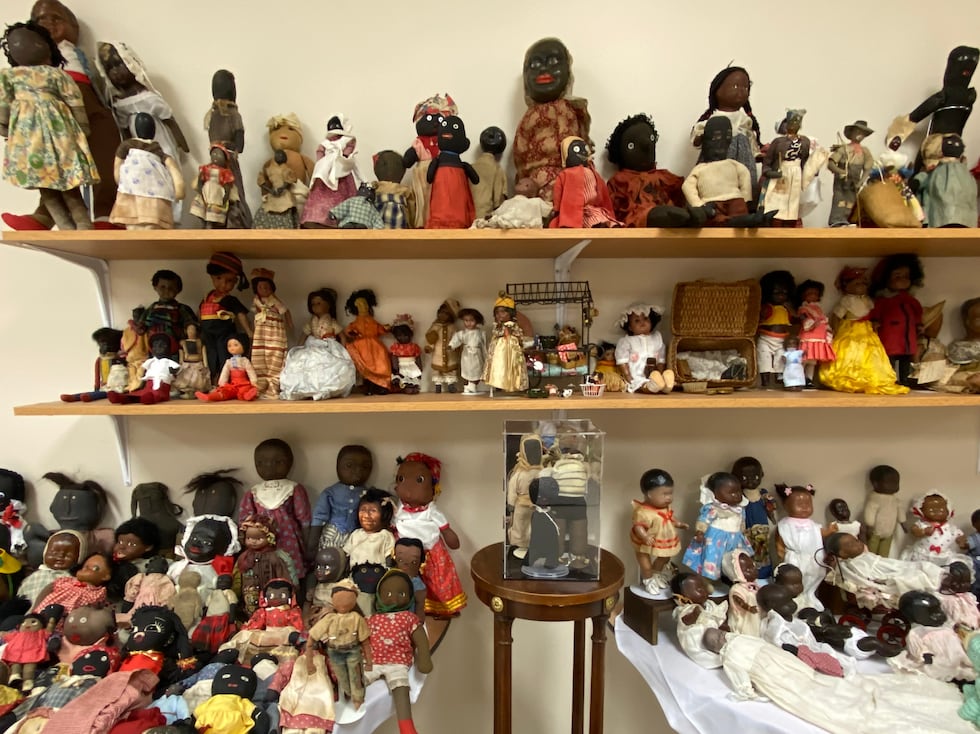
POST-SLAVERY DOLLS
Post-slavery, Stennis-Williams said dolls had more defined faces and features but depicted Black children in a stereotypical way.
“Some of the dolls were still considered to be very derogatory and unlike slavery period, many of these dolls here were not made by Black mothers. They were made by white manufacturers who produced these dolls,” said Stennis-Williams.
EARLY 20TH CENTURY DOLLS
In 1907, Stennis-Williams said a formerly enslaved man named Richard Henry Boyd founded the first Black doll company in the United States, called The Negro Doll Company.
“Slavery had ended, you had Blacks that were climbing the economic ladder. They wanted more for their children than just the mammy and the other derogatory dolls that were on the market,” she said.
1920s-1930s DOLLS
She went on to explain that mass production of Black dolls kick-started in the 1920s and 1930s.
“Parents were able to buy dolls that looked like their children, but the only problem was they weren’t very plentiful,” Stennis-Williams said.
1940s DOLLS
Stennis-Williams says 1947 marked a turning point for Black dolls on the market. It was when Jackie Ormes, the first Black cartoonist to have her comic strip featured in a national newspaper, contracted with the Terri Lee Doll Co. in Lincoln to create the Patty Jo Doll.
“This doll was patterned after the little girl that was in her comic strip named Patti Jo,” she said.
Stennis-Williams feels of all her dolls, Patti Jo best reflects her own personality.
“She was a little feisty person. That’s what made her character so popular is she always spoke her mind,” she said.
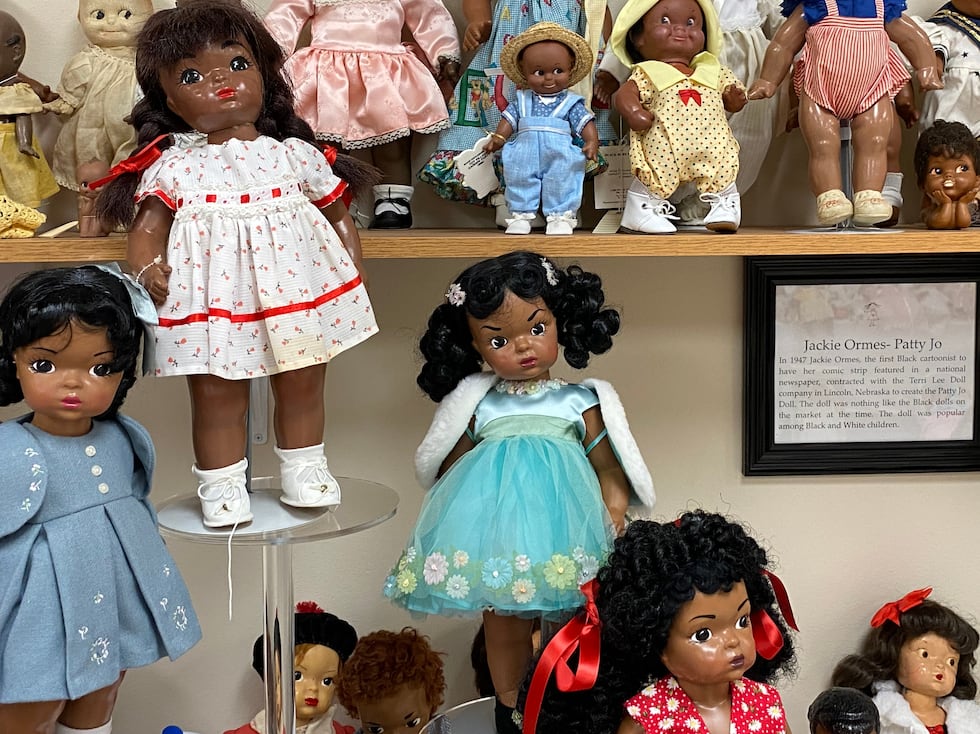
1950s DOLLS
In the 1950s, Stennis-Williams said dolls became even more realistic looking.
“You have the Tiny Tears, the Betsy Wetsys that are very popular now and are being made into Black dolls,” she said.
Another significant milestone for Black dolls came in 1951, when the Sara Lee Doll was created.
“It came about when a white lady saw Black kids playing with white dolls. She went to Eleanor Roosevelt and suggested that a doll be made that reflected Black children. The end result was bringing in eight children. This doll, the Sara Lee Doll, supposedly represents a composite of those eight children,” explained Stennis-Williams.
Sara Lee’s siblings were later created, including a Black male doll.
“The dolls are very rare and we’re probably one of the few museums in the country to have all three of the dolls together,” Stennis-Williams said.
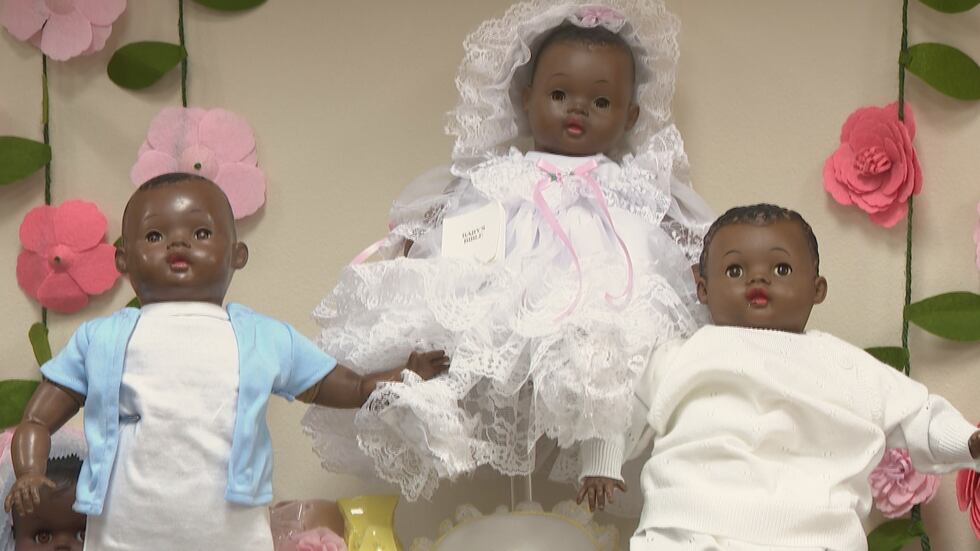
DOLLS USED IN A LANDMARK CIVIL RIGHTS CASE
In 1954, Stennis-Williams said baby dolls were used as evidence in the landmark Brown v. Board of Education case, which ended racial segregation in schools.
Stennis-Williams said a study used in the case showed Black children overwhelmingly preferred to play with white dolls, when given the choice between a Black and a white doll.
“The study was done by the Clarks. It was used by the Supreme Court to show the devastating effects when kids are separated in their education,” she said.
DOLLS THAT HELPED SPUR BLACK ECONOMIC GROWTH
In 1965, the Watts riots broke out after the arrest of an African-American man by a white California Highway Patrol officer.
“Shortly after the Watts riots, Mattel went to the Black community and asked, how can we help? Two of the founders of Shindana (Toys) said we want to produce a doll company,” Stennis-Williams said.
Shindana Toy Co. worked to create Black dolls that better reflected the Black children who played with them, according to Stennis-Williams.
“For the first time actually are made by Black individuals that looks exactly like Black children, from hair textures to the skin tones,” she said.
LAVON’S DOLLS
While the dolls capture the past, they’ve helped Stennis-Williams value the present, as a formerly incarcerated woman.
“The doll museum is just another example of my getting over it, putting that behind me, and moving on with my life,” Stennis-Williams said. “When I come in here, I get prideful.”
She also runs a nonprofit called ReConnect Success, where she and her team help currently or formerly incarcerated people find careers.
Copyright 2024 WOWT. All rights reserved.




